I’ve been frustrated this year with the level of reading instruction my daughter has received. What did I notice about my daughter’s reading abilities? She skipped words she didn’t know, and she confused small words like “of” and “off.” When I asked her indirect questions about stories she had read, she’d fall out on the floor screaming. Okay, I was dismayed. I learned she only received direct reading instruction once a week, so I instituted reading at home for 30-45 minutes per day instead of the suggested 20 minutes. We discussed each book she read, and she answered Wh? questions and gave summaries. We watched videos of the books after reading the book. When she had writing homework based on her reading we discussed the books orally first, then she brainstormed her ideas verbally before writing. We also joined the local library’s book club. Instead of just reading books in the evening we listened to audiobooks on tape in the car and discussed those books as well. Teaching children to actively read takes much effort, but there are many things to be done.
Students need to learn how to create a mental image in their minds based on the text read the words fluently, check for understanding, asks question about the text. A major factor that makes reading an enjoyable experience because the words read make a mental movie. They were not engaged active readers. They were not able to learn to read well just based on their interaction with the text. They needed active direct instruction.
Many students later identified with reading difficulties are not serviced at this earlier time in third and fourth grade when changes can be more easily achieved. They may have achieved a degree of fluency but still have difficulty with comprehension. They need direct instruction because they do not pick up strategies that would help them automatically. Although she is not reading impaired, my daughter’s difficulty in third grade is common for many students at that time. Especially, if much of their reading instruction has been primarily through silent reading. This is also the time when students with reading difficulties and language-based learning disability should be identified and given additional instruction instead of having their services decreased which is a common practice. All students are different, and some intuitively learn to read while others need explicit instruction.

